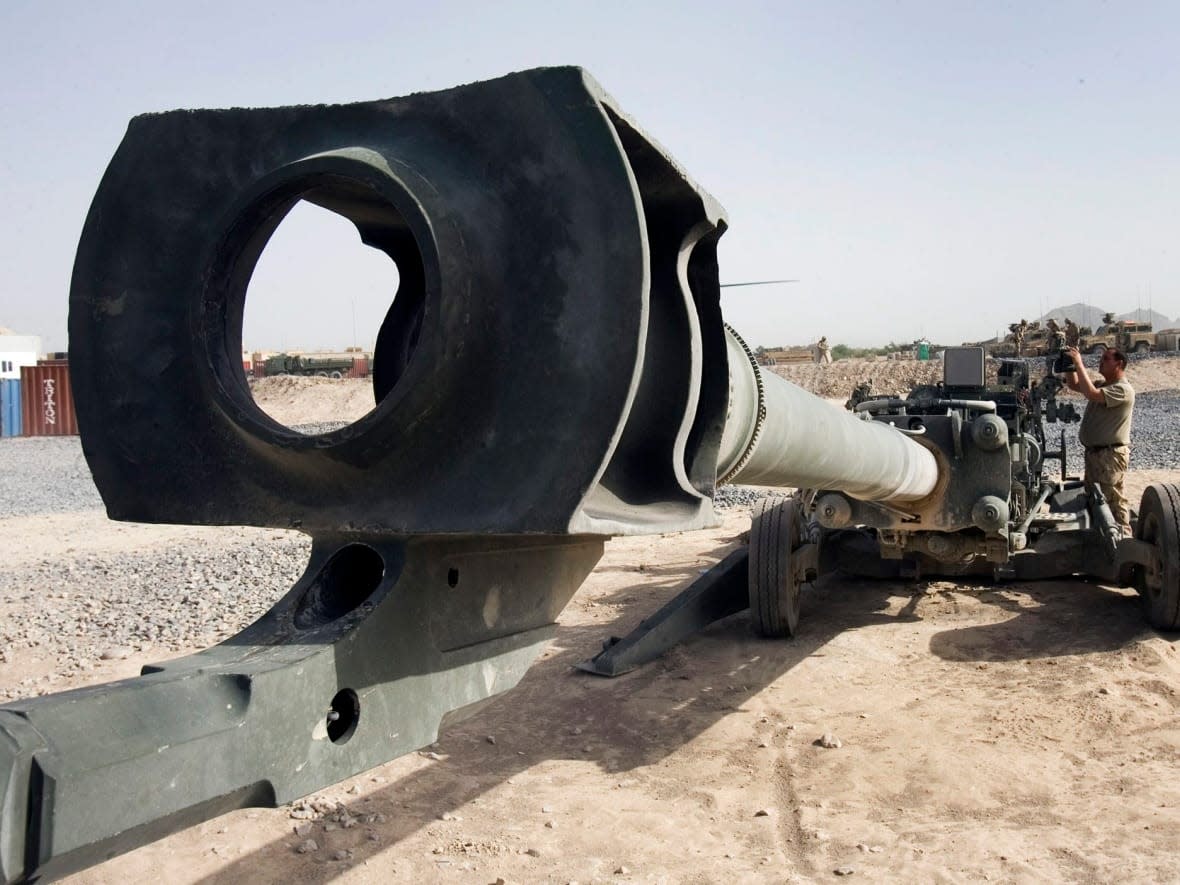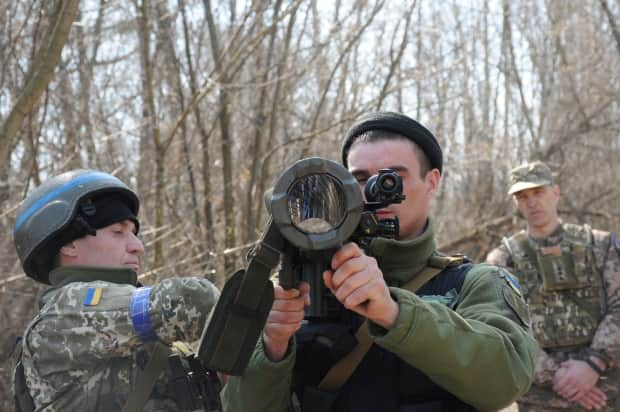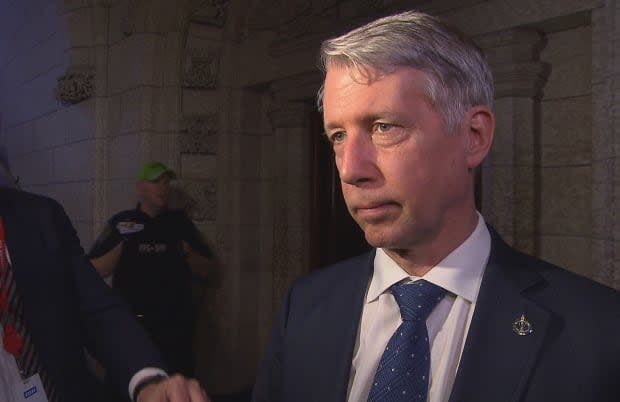Canada sends four pieces of field artillery to Ukraine as country braces for renewed Russian attack

Canada recently sent four of its relatively new M-777 howitzers to Ukraine's military to help it face down a renewed Russian offensive from the east, CBC News has learned.
Prime Minister Justin Trudeau revealed the plan to ship what he called "heavy artillery" earlier this week, but offered no details on what the Canadian military would be donating.
"Their most recent ask was exactly for that, for heavy artillery, for reasons of operational security," Trudeau said on Wednesday. "I can't go into the details at this point on how and what we're getting to them exactly."
Three defence sources — who spoke to CBC News on the condition they not be identified because they were not authorized to speak publicly about the file — say four of the 37 howitzers Canada purchased during the Afghan war were earmarked for shipment.
Defence Minister Anita Anand acknowledged the shipment in a media release Friday but did not provide specifics, saying only that "a number of M-777 howitzers" were sent to Ukraine "in conjunction with our American allies."
Later Friday, during an interview on CBC's Power & Politics, Anand said "there are certain details that we are keeping confidential for security reasons."
WATCH: Defence minister discusses Canada's future plans to arm the Ukrainian military
The big guns come out of the inventory of the 1st Regiment, Royal Canadian Horse Artillery, based in Shilo, Manitoba, said two of the confidential sources.
The shipment included an unspecified amount of ammunition, the statement said.
One of three defence sources said the package included a number of precision-guided Excalibur rounds left over from the Afghan war. The GPS-guided shells are worth about $112,000 US per round.
"While this equipment comes from the inventory of the Canadian Armed Forces, the capability will be replenished," Anand said.
Canada recently shipped a portion of its aging stock of Carl Gustaf anti-tank weapons to Ukraine and the Department of National Defence said it has provided a "significant number of additional" anti-armour rockets, which were requested by the Ukrainians.
Anand said Canada is also in the process of finalizing contracts for "a number of commercial pattern armoured vehicles, which will be sent to Ukraine as soon as possible." Ottawa also has implemented a service contract for the maintenance and repair of specialized drone cameras Canada has already supplied to Ukraine.
"As Ukrainians fight to defend their sovereignty, freedom, and independence, Canada remains committed to continuing to provide Ukraine with the military equipment that it needs to fight and win this war," Anand said in the media statement.

Over a decade and a half ago, retired lieutenant-general Andrew Leslie led the internal push at the defence department to buy the M-777 howitzers for use during the Afghan war.
Supplying Ukraine is important and urgent, he said, as long as it is not stripping the Canadian military of its ability to fight.
"We only have 37 howitzers," said Leslie, a former Liberal MP who is now a business executive at BlueSky Strategy Group, an Ottawa lobbying firm.
He urged the Liberal government to quickly replace the donated equipment, particularly the howitzers.

"That's roughly 10 per cent of the overall fleet of triple seven guns," said Leslie. "That will have a 10 per cent ripple effect on the level of readiness and training in the Canadian Armed Forces."
And that is significant, he said, because NATO could request as many as 3,400 members of the Canadian military for its response force in Eastern Europe within a 30-day timeframe.
Canada has been under pressure to provide heavy weapons as other allies continue to deliver more lethal aid, both overtly and quietly.
The U.S. announced this week it is donating 90 155mm howitzers as part of its recent $800 million US military aid package for Ukraine.
Those guns have also started to arrive in Europe and American troops have begun training Ukrainian forces to use them, a senior U.S. defence official told several U.S. publications this week.
A U.S. official, quoted in the military publication Stars and Stripes, declined to say whether the U.S. is sending its M-777 or M-198 155mm howitzers. Both American cannons are of a different calibre than Ukraine's 152mm Msta-B howitzers.
Anand said the next phase of Canada's military support for Ukraine will include "armoured vehicles, heavy artillery, additional ammunition and contracts for drone camera maintenance." She did not provide details about that aid or say when it will be delivered.
A popular gun
The M-777 is a 155-millimetre towed howitzer. While it fires big shells, it was designed as an ultra-light gun by BAE Land Systems, Inc., a British arms maker, in the late 1990s.
The gun quickly became popular with the U.S. Army and Marine Corps and has been sold worldwide to a number of countries, most recently India.
Western armies like it because it's ideally suited for the kind of light, mobile warfare that took place in Iraq and Afghanistan. The gun can be easily and quickly transported by air — either slung under a helicopter and moved around the battlefield or stuffed into a large transport plane for rapid deployment to other countries.


